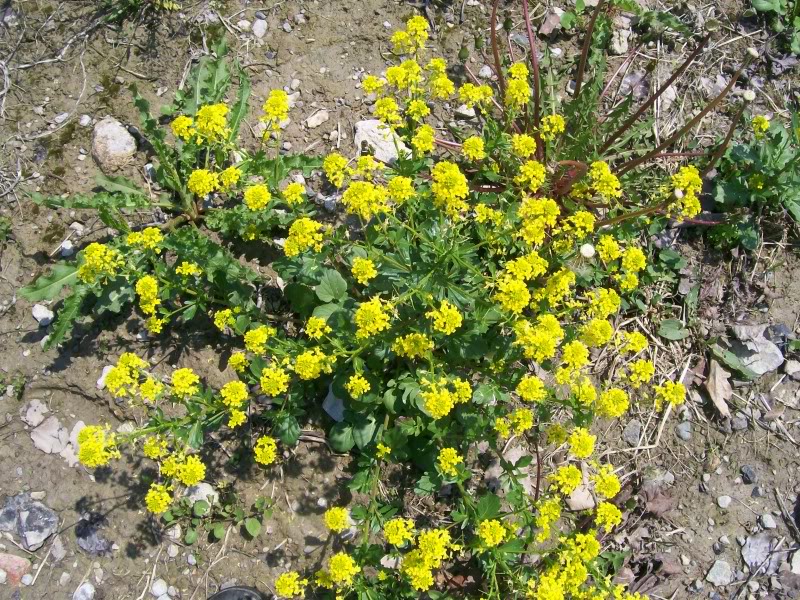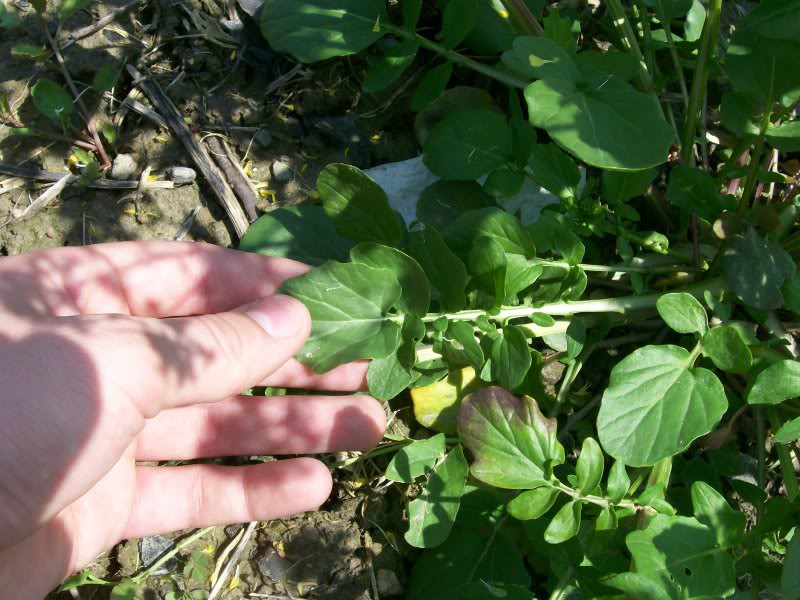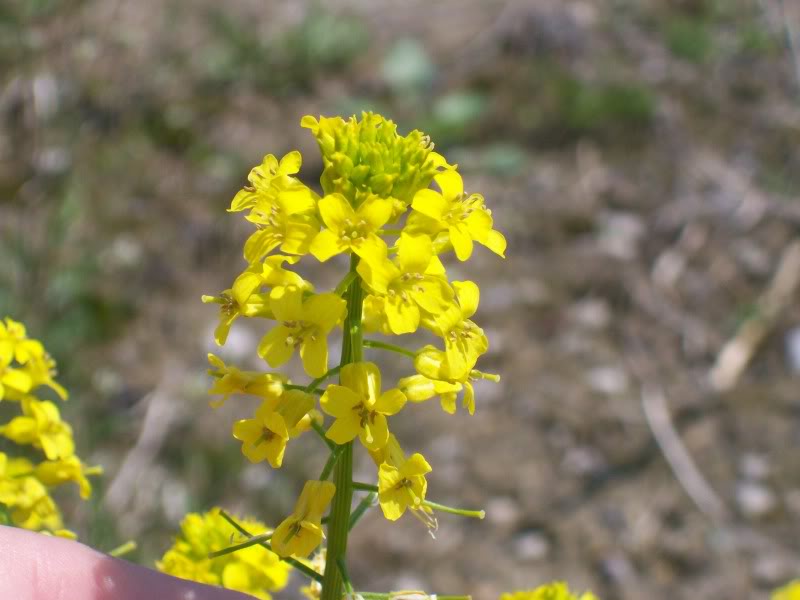Winter Cress is a simple to identify plant that is great for beginners. Though it is easy to confuse with different types of mustard plants, I have not found, through research, any poisonous look-alike. The best and true way to identify this plant is by its leafs. You may notice the leafs are differently shaped and more lobed than wild mustard. The leafs will be a dark green and waxy. It grows in moist waste areas and flowers in April-August. Winter Cress may be found year round, and if you’re lucky, can be dug out of the snow even in winter.
The young leaves may form dense rosettes during warm spells in late winter and may be picked into the spring while the nights are still frosty. Though the plant is edible all year, the frosty nights of the transition of winter to spring is when they are most delicious. They make a great addition to salads or as a cooked green similar to salad.
As the nights warm up and it is no longer frosting, the plant tends to become bitter. This is quickly remedied by boiling the plants in two or three changes of boiling water. The tight yellow flower buds (at the top of the below picture) appear after the leafs become too bitter for most palates. They may be collected and then boiled for approximately five minutes in two changes of water and served as a broccoli treat.





